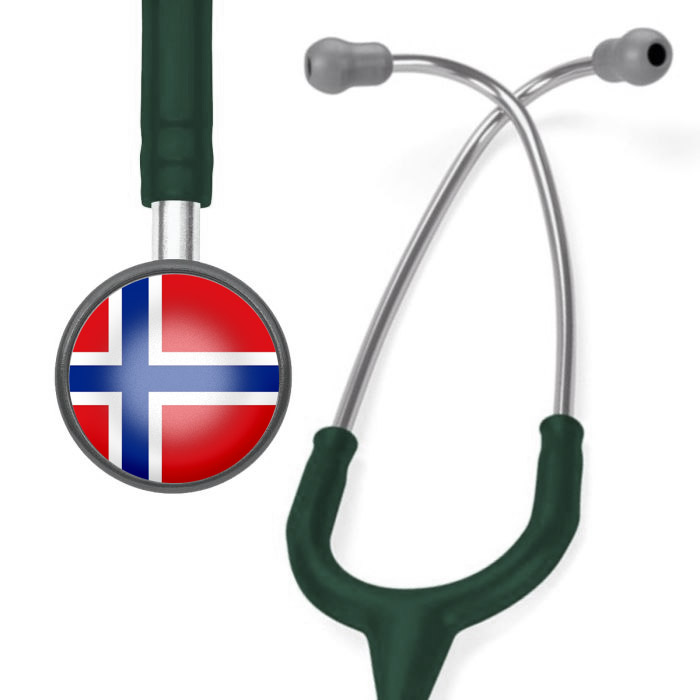In December 2023, Norway updated its compensation plan for outpatient pathology services for 2024. This plan, which has been progressively implemented since 2022, includes a pay-per-service compensation system administered by Helfo (the Norwegian Health Economics Administration, a subsidiary of the Health Directorate). This system utilizes Pathology Activity Codes (APAT) from the Norwegian Pathology Code system (NORPAT).
As of December 2023, the compensation plan for outpatient pathology services in Norway was revised for the upcoming year, 2024. This plan, which has been progressively implemented since 2022, includes a pay-per-service compensation system administered by Helfo (the Norwegian Health Economics Administration, a subsidiary of the Health Directorate). This system utilizes Pathology Activity Codes (APAT) from the Norwegian Pathology Code system (NORPAT). In the past, NORPAT wasn’t employed for compensation, and a limited number of pathology procedures were priced according to tariffs set by the Ministry of Health and Care Services. You already see an issue don’t you?
The APAT codes, along with NORPAT, are updated on a yearly basis and released by the Directorate of e-Health (which merged with the Health Directorate on January 1, 2024). Under the new plan, Helfo publishes a yearly list of APAT codes eligible for compensation (applicable to both public and private labs). Each code is assigned to a general compensation category. The Ministry of Health and Care Services and the Directorate of e-Health website annually publish the tariffs for these compensation categories (for both public and private labs).
APAT uses the following codes:
- T-codes for sample materials, which aren’t assigned to compensation categories;
- P-codes for the sampling method, indications, and testing method. Some P-codes are assigned to compensation categories (known as ‘additional’ P-codes) and thus permit additional payment, while others do not;
- ‘Classified sample materials’ are specific combinations of T- and P-codes that are assigned to the compensation categories. In 2024, the compensation plan included five new ‘additional’ P-codes. Here are a few examples:
- P33451 “DNA sanger sequencing, exons” was assigned to compensation category PATA7 (compensation tariff in state labs is 850.18 NOK);
- P33712 “DNA next generation sequencing (NGS) whole genome” was assigned to compensation category PATA12 (the compensation tariff in state labs is 18953.66 NOK). In 2024, nine new classified sample materials for cytology and histology were introduced. Here are a few examples of the new codes:
- TX2000 brain + P31070 imprinting study, with compensation category PATP1 (the compensation tariff in state labs is 116.9 NOK);
- T87800 both ovaries + P11004 resection, prophylactic, with compensation category PATP6 (the compensation tariff in state labs is 1290.14 NOK).
The Norwegian Laboratory Coding System was designed to ensure clear communication between requisitioners and laboratories, with the aim of improving the quality of laboratory medical services in Norway. The goal was to align with the vision of one inhabitant – one medical record. However, this vision has not yet been fully realized. Although I think it was a noble gesture it needs more support.
In 2003, the Storting decided to develop a shared classification system for public and private laboratory work in Norway. The Norwegian Directorate for Health and Social Affairs, later renamed the Norwegian Directorate of Health and now the Norwegian Directorate of eHealth, was tasked with managing and coordinating the necessary development work. The coding system was initially named the Norwegian Unified Coding System for Laboratory Services (NEKLAB), and in 2013 it was simplified and renamed the Norwegian Laboratory Coding System (NLK). The coding system became mandatory in Norwegian laboratories from October 1, 2014.
The primary purpose of the Norwegian Laboratory Coding System was to ensure unambiguous communication between requisitioners and medical laboratories when ordering and providing results of laboratory analyses and investigations. The system aimed to create a common national list of all analyses and investigations, with unique names and standardized shared coding encompassing the six laboratory sciences. However, the implementation of this system has faced challenges.
The task that the Directorate of Health undertook – to develop and implement the Norwegian Laboratory Coding System – is particularly demanding and complex. No country has previously introduced a mandatory, shared laboratory coding system that encompasses all the laboratory sciences. This type of pioneering work requires good planning, solid endorsement by the health enterprises, a generous schedule, regular and close follow-up, qualified advisors, adequate information flow, high professional ambitions, careful interdisciplinary coordination among the sciences, good quality control, and the ability and willingness to listen to input from those involved. Unfortunately, the Directorate of Health has fallen short on all these points in its management.
The international coding system that was used as a basis and which the authorities wished to introduce in Norway was primarily developed for medical biochemical analyses. It was not designed for other laboratory specialties, Norwegian language or Norwegian laboratory tradition. The professional communities called attention to this challenge at an early stage, and reiterated this criticism when the first version of the coding system was published in 2013. They recommended that the Directorate of Health enlist expertise from the six laboratory sciences to coordinate a structured review with professional and linguistic systemisation of the Norwegian Laboratory Coding System and that a generous and realistic schedule for this work be drawn up. This advice was not followed. On the contrary, the coding system was made mandatory and was to be implemented at a time when it was far from complete, whether for professional, technical or economic purposes.
